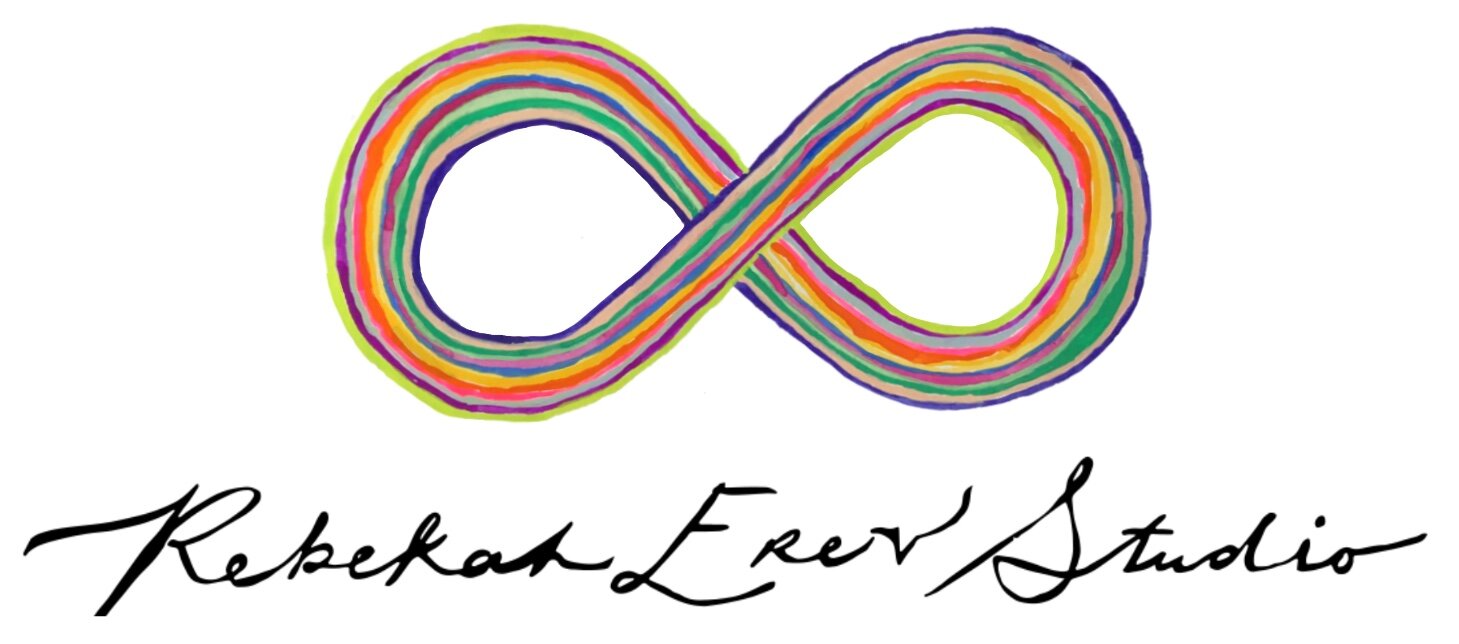An Introduction to Counting the Omer
/Ancestral Knowledge: A painting I did 15 years ago representing three generations. The figure is my grandmother, the lilies are my mom's favorite flower and she planted them in the yard of the house I grew up in, the whale is me (even though I'm not a huge Orca whale fan) because I love whales and lived in the Northwest for 13 years.
First of all, what the hell * is counting the Omer? And why would you be interested in it as a Jew or as someone who isn’t Jewish? It’s a biblical tradition of setting aside one sheath of barley for each of the days between Passover and Shavuot (the holiday where the “revelation” aka torah is given). On Shavuot you’re supposed to sacrifice (aka not eat and instead, burn) the barely.
It’s a strange tradition and therefore I’m interested in it. I’m interested in things that don’t quite make sense. I’m interested in ritual, things we as a people keep doing. I’m interested in ritual that involves the earth and I’m interested in any ritual that helps me grow as a person. I’m also interested in ancestral knowledge and the mysterious ways we carry knowledge in our atoms.
So, I’m going to be making art, Instagram and blog posts about this Omer. (I’m also a Capricorn and love any and all things related to order and counting - insert monkey with hands over eyes emoji.)
The main sources for my reflections on counting the Omer are from:
1. My life, observations, experiences, influences.
2. The Kabbalistic teachings about the refining of moral character based on the tree of life and the sefirot. (it’s a Wikipedia link, super basic)
3. One of my teacher’s, Rabbi Jill Hammer’s book, Omer Calendar of Biblical Women. I’m not big on the bible but the basis for much of my spiritual work is about re-remembering history from a feminist lense (an intersectional feminist sense) and I like her focus on counting the Omer by interpreting stories of women from the bible, a wonderful way to re-remember.
So first of all, let’s remember that the people in the bible were people of color, modern Christianity and Ashkenazi Jewish culture tends to forget that and whitewash everything. Secondly, let’s remember that most of the stories of women and gender queers lives aren’t very explicitly mentioned. Let’s also remember that the bible is a long elaborate novel and not necessarily how people lived.
That all being said, my interest in the bible or the Tanakh is in archetypes. The Tanakh is a character in and of itself. The characters have become modern archetypes for the Abrahamic (Islam, Christianity, Judaism) religions. Because a colonialist, mostly misinterpreted (at least according to Jesus’s original teachings) Christianity has cut a deep penetrating wound into our society, the archetypes also have made an imprint on our understanding of life.
In re-remembering the archetypes we have the opportunity to make new imprints on our cells and collectively change our society. Like second wave feminism (a very limited but important part of the story of feminism) said: the personal is political. As we change ourselves and our cells, the world changes.
As the brilliant Octavia Butler said,
“All that you touch
You Change.
All that you Change
Changes you.
The only lasting truth
is Change.
God
is Change.”
*Jews don’t believe in hell, just using it colloquially. ;)





